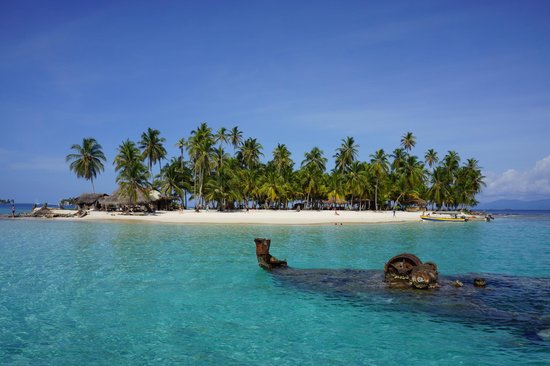Beautiful Mediterranean yachting places in 2021? Sailing around Europe: It’s safe to say, with its hugely diverse cultures and highly varied geography, that sailing around Europe is on innumerable bucket lists. The Greek islands will strike a chord with many, as each set of islands offer charterers something wholly unique. The Ionian on Greece’s west coast is dotted with delightful villages including Kioni on Ithaca or Fiskardo on Kefalonia, while the Cyclades chain to the east boasts gorgeous islands such as Mykonos, Ios and the incredible Santorini. In nearby Turkey, Bodrum on the Gulf of Gokova sees keen sailors flock from all over the world, and for good reason. Here, they experience untouched coves on the water and invigorating nightlife and impressive restaurants on the coast. Those more interested in Croatia will find over 1,100 islands to explore, made all the easier with reliably gentle winds and a myriad of beautiful harbours. If Italy is more your style, the Aeolian Islands just off of Sicily provide considerable environmental variety, including the unforgettable black sands of Stromboli and the hot springs of the island of Vulcano.
Italy has an extensive Mediterranean coastline, speckled with unbelievable islands, beaches, and beautiful towns. Sailing around southern Italy is always a popular choice for European cruise holidays. What makes this area even better is its close proximity to Greece – allowing you to include both countries easily into your sailing itinerary. As Italy has a rather lengthy coastline, the different destinations each offer something completely unique. Some of the best places to visit in Italy for a sailing holiday include Sardinia, Amalfi, the Aeolian Islands, the Sorrentine Peninsula, and Sicily. The Cinque Terre is another great coastal destination for those interested in sailing further north.
For the most uniquely beautiful coastline in Europe, set sail from Naples and head down the coast towards the Amalfi Coast and the exclusive island of Capri. Expect sunny shores, pretty towns, plenty of food and wine and gorgeous isles from this part of Italy. Make sure you stop at the famous Blue Grotto, the honeymooners favourite the Isle of Capri, the volcanic island of Ischia and the photogenic little coastal community, Positano. Discover additional info on yacht charters in Greece.
The base charter fee in essence refers to the hire cost of the yacht itself, with all equipment in working order in addition to the cost of food and wages for the crew during the entirety of the charter. This is essentially all the base charter fee covers with additional expenses often applicable on top. The base charter fee will vary from one yacht to another and this may be down to any number of reasons from size and on board amenities to the charter season. For instance, the base rate of a charter yacht may increase in “high season” and reduce during the “low season”. “High season” and “low season” refers to the busiest and slowest periods for yacht charters though this may appear misleading, as these peak times refer to periods of weeks as opposed to full seasons. In addition, you may find that a yacht is also more expensive during special events such as the Monaco Grand Prix, Cannes Film Festival and America’s Cup. Unless you are keen to charter a yacht for a particular “high season” event, choose your dates carefully as although a “high season” rate will be more expensive than the “low season” the two can sometimes share much of the same weather conditions. During the charter, the captain will provide a running account of the usage of the funds and, at the end of the charter, the captain will present a detailed accounting along with any unused funds in cash. If the APA balance runs low during the charter, the client is expected to provide the captain a sufficient amount in cash to cover the needs for the remainder of the charter. Since many charterers prefer not to carry quantities of cash, the charter broker can hold an amount and release it to the captain as needed.
Sailing tip of the day: One of the ancient arts of the sailor is setting up a “stopper” to relieve a loaded rope without letting anything go. The classic use for a stopper is to take the weight off the genoa sheet when Cousin Doofus has carelessly locked up the whole shooting match with an override. My crew recently used the stopper shown below. It took the load at the turning block while we sorted out the mess. Then we wound the sheet in a few inches to relieve the force on the stopper, removed it and sailed on. To create a stopper that works, clap on a half-hitch before the rolling hitch as shown. You can see it doing the work, and it guarantees success. If you can’t tie a rolling hitch, go on the internet and learn how. You may need it sooner than you think!
